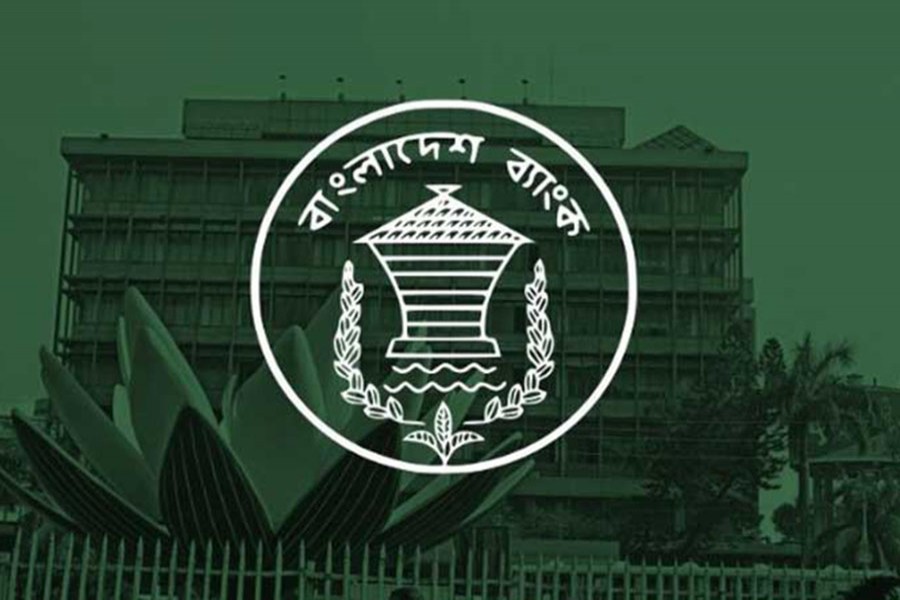
Published :
Updated :

The Bangladesh Bank’s (BB’s) latest move on the creation of a new credit guarantee scheme to facilitate financial assistance to low-income people through bank lending is definitely a step in the right direction. Why it was necessary to have a new guarantee scheme has been made plain through a recent circular issued by the BB. As it informs, previously, the BB formed a fund worth Tk 5.0 billion as credit guarantee from its own source to accelerate loan disbursement to the informal sector. Evidently, the idea of the scheme comes from the experience of the Non-governmental Organisations (NGOs) that the very poor, especially, the marginal and assetless farmers, are also bankable. However, the type of loan the NGOs extend to the assetless and the marginal farmers is small in amount and is called ‘microcredit’. But given that the loan amounts ranging from Tk 25,000 to Tk 500,000 can be advanced to a single member of the said beneficiaries, the BB’s scheme is obviously a rather ambitious one compared to the NGOs’. It is noteworthy that for a group of five such beneficiaries, the loan amount can be as high as Tk 2.0 million.
But when it came to the actual disbursement of the money to the intended beneficiaries, the loan operation did not proceed according to expectation. So, it was necessary to get around the prevailing bias in the formal banking sector’s loan delivery regime, especially, against the marginal section of society. Now with the required support of the BB’s credit guarantee fund, it is expected, the lending banks would be able to advance the loan money to the targeted low-income beneficiaries. So, it appears, the BB’s latest guarantee scheme has its merit. Then again, the question is, if the amount of fund so dedicated for the purpose will be enough to meet the ambitious target of covering the millions of potential borrowers under the category of the stated beneficiaries. Leaving it at that, it is still expected that those group of people will now be able to access substantial amount of government finance through the formal banking channel.
It is worthwhile to mention at this point that during the first two waves of the pandemic, the marginal and landless farmers, low-income professionals and small traders were the worst-affected section of the population. But due to the said bias in the traditional banking practice, disbursement of the government-provided financial assistance to the landless people and low-income groups failed to demonstrate any noteworthy progress. In many cases, the intended beneficiaries of the government’s financial assistance could not even access the loan money. It cannot, however, be said that in every case of non-delivery of the loan money, the banking system was at fault. In fact, other issues including the absence of a proper list of the beneficiaries and abuse of the bank loans by a vested quarter also factored in to render the credit scheme in many cases ineffective.
Hopefully, the BB’s present effort in the shape of ‘Financial Services Credit Guarantee Scheme (FSCGS)’ will be free from the shortcomings that the scheme in its earlier form faced. Against this backdrop, for BB’s new credit guarantee scheme to deliver, a process should be in place to ensure that the bank loans reach the real beneficiaries. Also, the undesired elements are effectively excluded from the loan delivery process.


 For all latest news, follow The Financial Express Google News channel.
For all latest news, follow The Financial Express Google News channel.